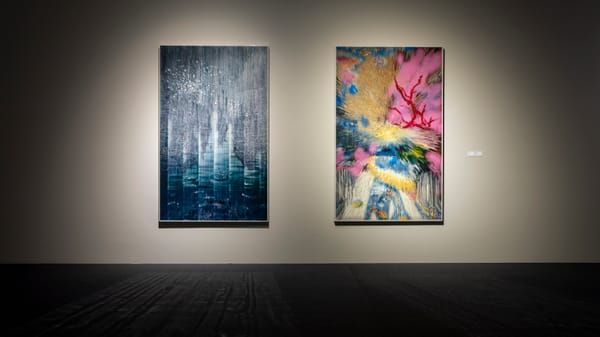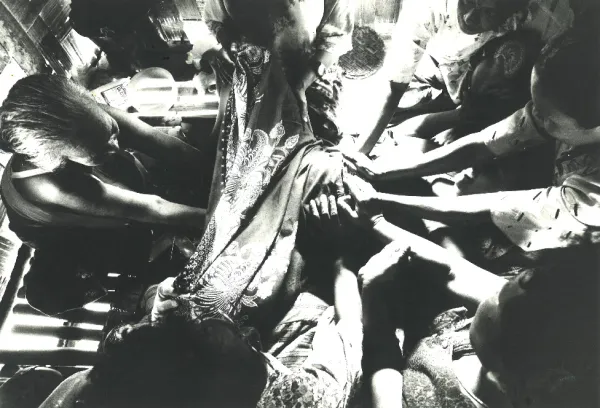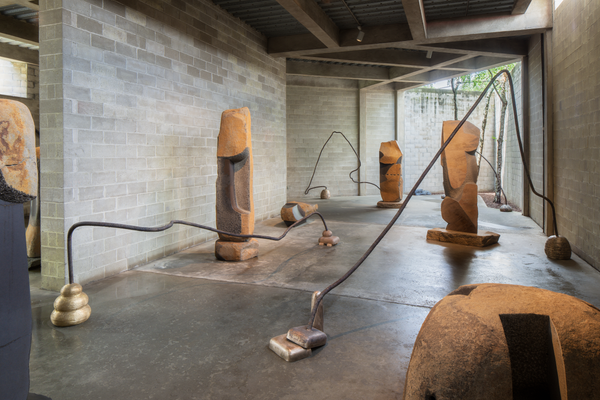Shows
Füreya Koral’s “Füreya”
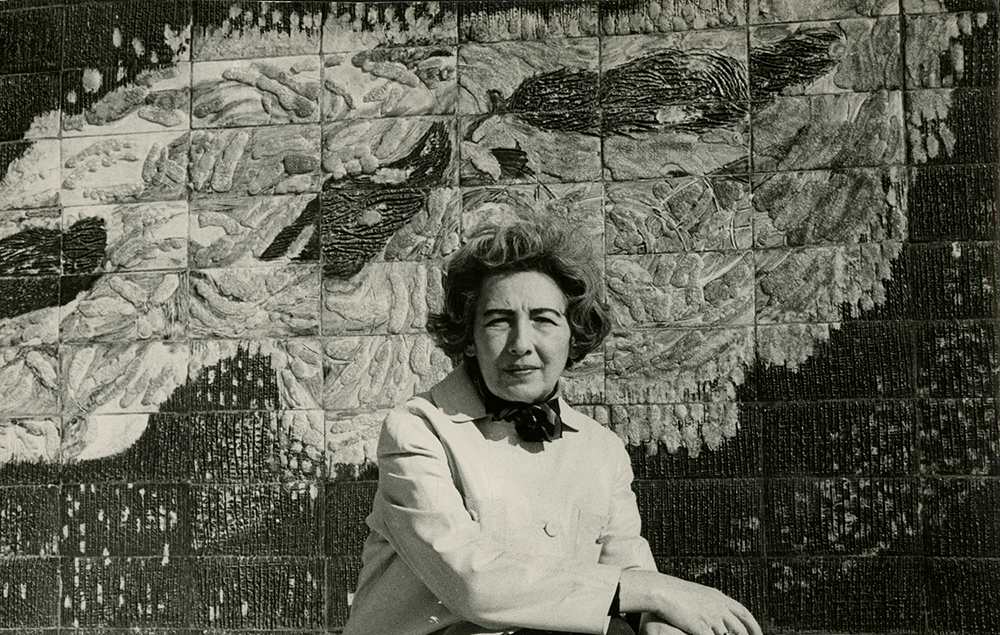
“After all, the light in Büyükada is very beautiful. Especially in autumn, and in the mornings . . . My mother used to take me up Hristos Hill, when I was a child. There is a day when the storks leave the island. She had to spend that day up on Hristos. She would wake me up too, at six in the morning, and of course I was annoyed to be woken up so early. But that scene always affected me; the sun would just be rising between the pines, and the storks would take off . . .”
— Füreya Koral in conversation with Candeğer Furtun

One of Turkey’s pioneering artists in modern ceramics, Füreya Koral was born in 1910 in a house in Büyükada (Princes' Islands), called as the “Island of Guests” at the time, hosting mostly local Greeks, as well as others sent into exile. From the house, one street led to the mosque, another to the church, and it was a place where Western and Ottoman traditions would mingle. As Koral mentions in her conversation with fellow ceramist Candeğer Furtun, it is difficult to predict what artistic inspirations may lead to, but having spent most summers on the Princes' Islands, and still being struck by the sounds of storks, I can see the effect of the island on Koral’s practice. When I walk around and observe her works with bird motifs, I can hear their calls; in her studies of light, I can see the stained-glass windows of that house, with only slits of sunbeams cutting through the pines.
Koral’s works were mostly ignored or criticized during her lifetime, as she was a self-taught artist trying to push the limits of ceramics beyond its function. Her family background was also a major issue. Her grandfather Şakir Pasha and great uncle Cevat Pasha, who occupied important positions in the Ottoman Empire, were very interested in different mediums of art—calligraphy, photography and painting—and passed on the same passion to the next generations, including Koral’s aunts Fahrelnissa Zeid and Aliye Berger, the latter of whom was one of Turkey’s first contemporary engravers. As the Ottoman Empire fell, and a new Turkish Republic took its place, Koral and her family experienced difficulties during the transition. She married twice and made an effort to fit the figure of the ideal wife in modern Turkey, so she would only develop her art practice after she reached the age of 37, when she was admitted to a sanatorium in Switzerland to treat her tuberculosis. She opened her first solo show in Paris in 1951, and then at Istanbul’s Maya Gallery, one of Turkey’s first private contemporary art galleries.
The retrospective exhibition for Koral at Akaretler Sıraevler was titled “Füreya,” and using the artist’s first name in this way in the exhibition and catalog texts raised questions about whether a male artist would receive the same treatment. While mounting the show, the curators—Károly Aliotti, Nilüfer Şaşmazer and Farah Aksoy—used different methodologies to prevent the artist’s gender and family background from overshadowing her practice. The presentation was separated into two parts: her works were on the right, and archival materials about her life were on the left. The first room housing Koral’s works showed drawing studies and lithographs, giving visitors a good impression of what was ahead in the show. The presentation was organized like a spine, lining up the array of mediums and forms that Koral explored in her practice.
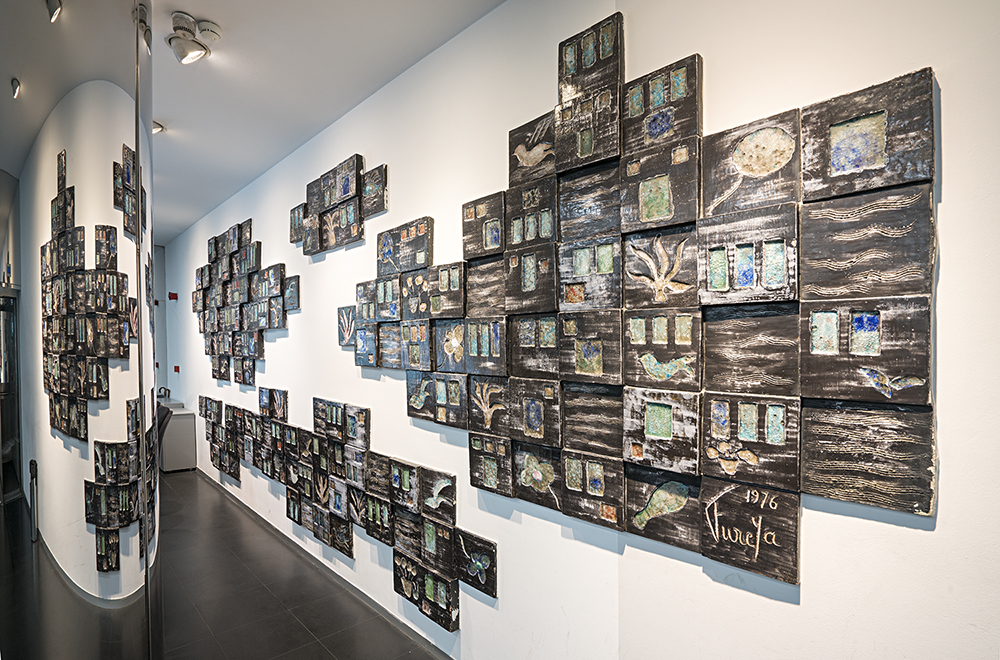
Seeing Koral’s works in many colors and forms exhibited together was like watching the artist trying to define her individual self. Ceramic works made during different periods of Koral’s life were shown on a large table in the second room. As the exhibition was organized mostly according to the forms incorporated by the artist in her creations—the Hittite sun, houses, abstract and geometric shapes, and more—pinpointing the exact chronological sequence of her works was impossible, but the presentation showed that the artist revisited the same symbols repeatedly throughout her career, forming a feeling of togetherness and consistency through time, as she contemporized traditional Hittite and Anatolian motifs.
Inspired by her visits to Europe and Mexico, Koral held a strong interest in art for the masses, and this belief was relayed in the next rooms. Her ambitious, large-scale works of wall tiles found their place on the facades of modern Turkey’s buildings in the 1960s, though she faced disapproval and objection from the cultural establishment as ceramics were regarded as functional items in daily life. Without a strong inclination to protect and preserve public art, some of these works no longer exist, leaving the curators with the only option of showing documentary photographs of the groundbreaking creations. At a smaller scale, this philosophy by Koral was also evident in a porcelain series meant to reach a broader section of society.
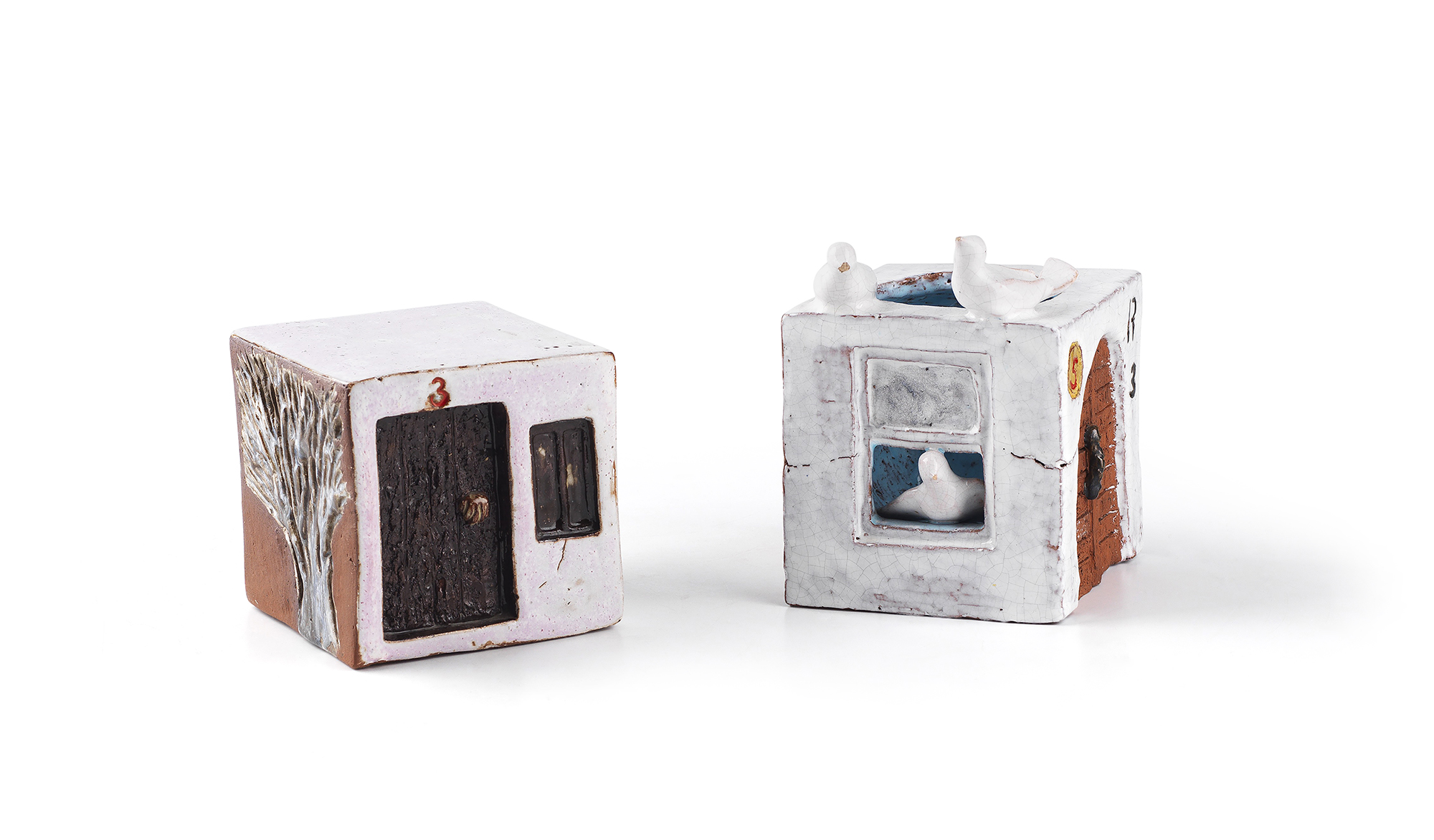
The exhibition closed with Koral’s last works, reflecting on her feelings of exclusion from Turkey’s new society. A collection of cube-shaped houses were inspired by the terraced residences and people passing by that she could see from her window. These works are different from her previous creations, in that organic forms gave way to straight edges and sharp corners, though the feeling of abstraction was maintained in figures of humans and birds appearing on the square and rectangular walls. The artist’s final work, Walking People (1992), is a sculptural installation made up of “hollow” human figures with empty eyes.
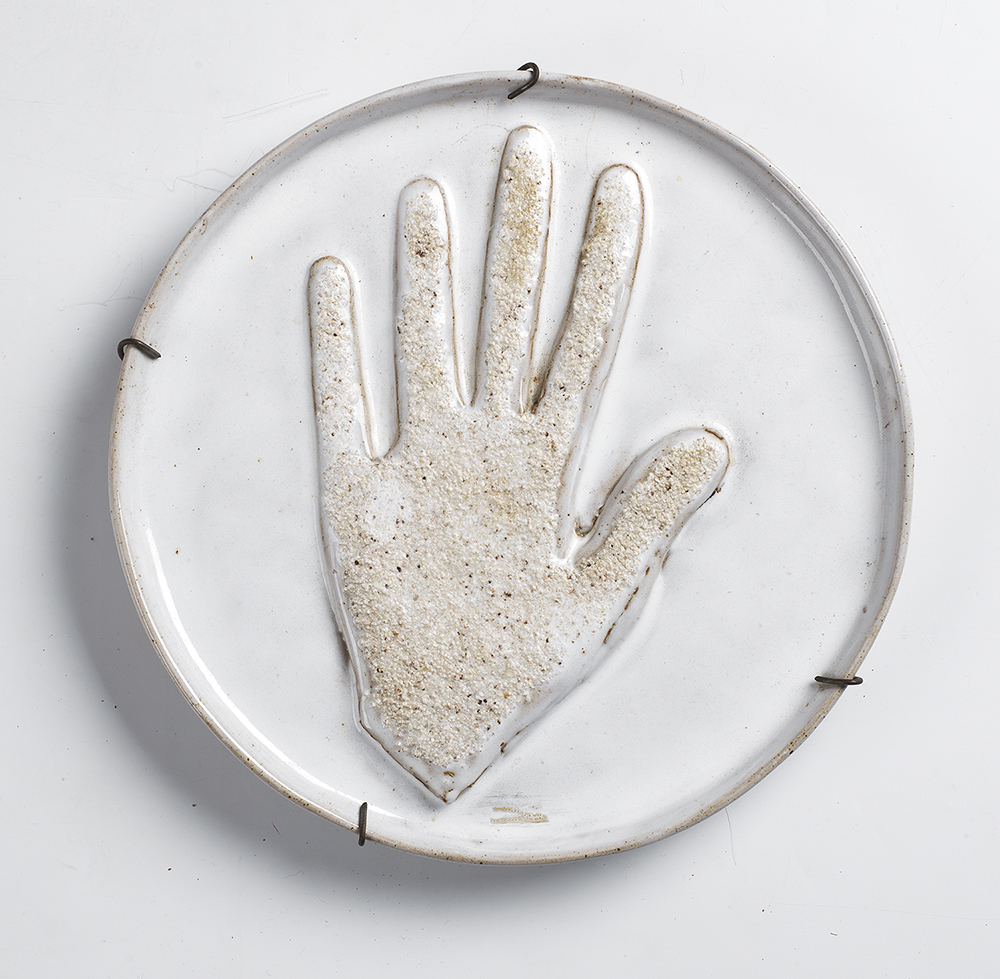
Koral was inspired by Hittite forms and Japanese lyricism, and admired the loaded simplicity of these traditions: “I have worked in two dimensions. I have worked in three dimensions. Now I am at the fourth dimension.” “Füreya” invited the visitors to walk through the life and practice of Koral, who not only inspired artists to follow in her footsteps, but also challenged the course of Turkish art history. And she has become timeless by quoting a poem by Ahmet Hamdi Tanpınar, one of the most important representatives of modernism in Turkish literature: “I am neither within time/Nor completely outside of it.”
Füreya Koral’s retrospective is on view at Akaretler Sıraevler, Istanbul, until January 18, 2018.





